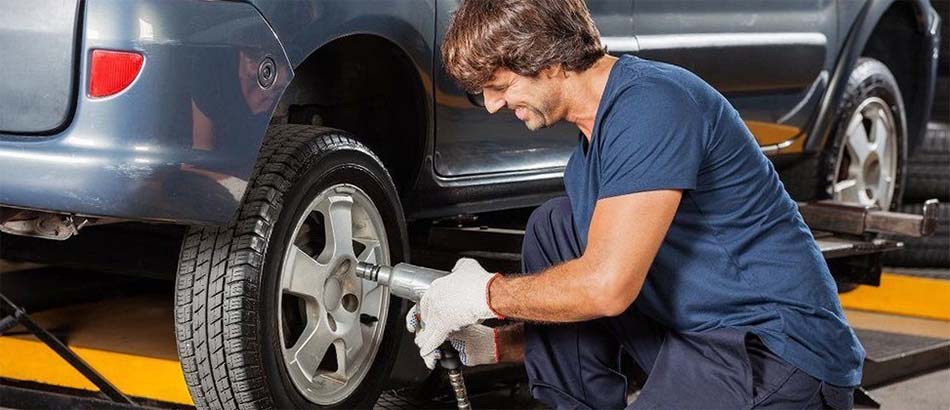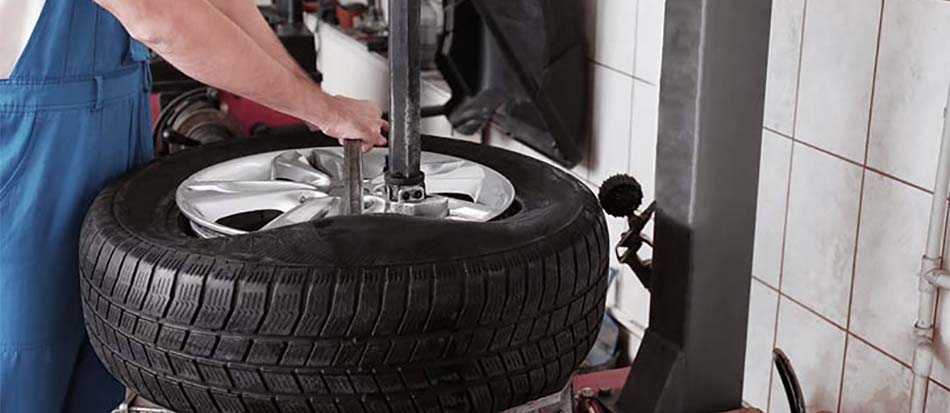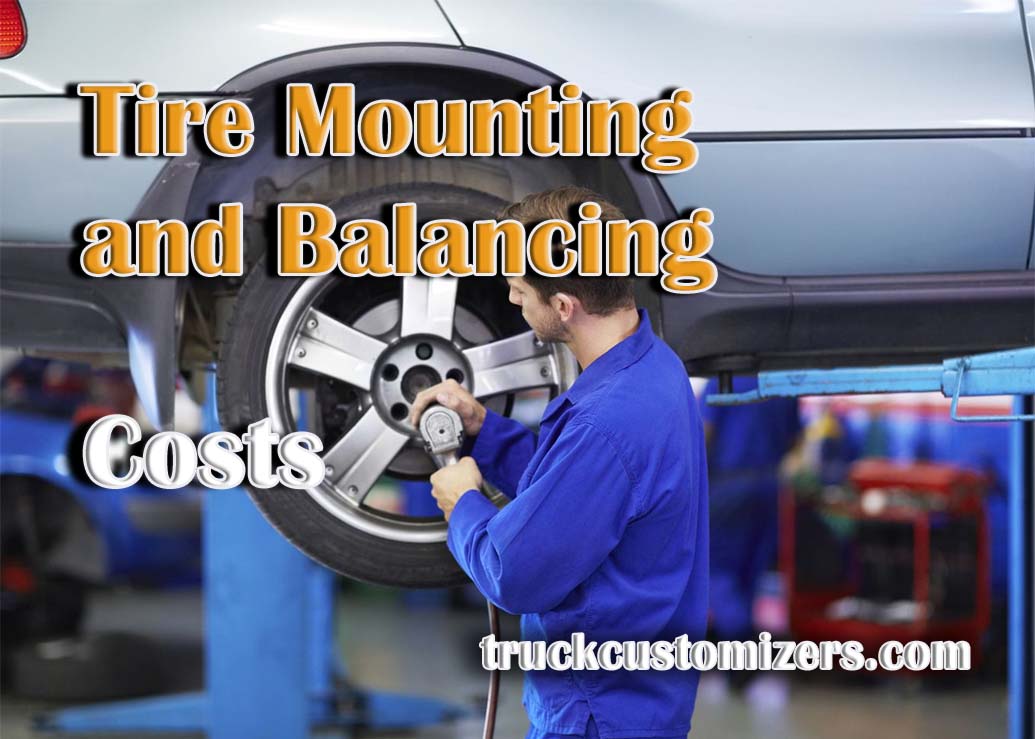Most drivers don’t think much about their tires until one starts to wear out and needs to be replaced. At that point, it’s important to understand the cost of mounting and balancing your new tires, as well as what’s involved in the process and how best to prepare for it. This article will provide a comprehensive guide on the cost of tire mounting and balancing, the factors that affect total cost and what is included in a tire mount & balance service.
Factors that Affect Mounting and Balancing Costs
The total cost of a tire mounting and balancing service is affected by several factors, including:
-
Type of vehicle – The type of vehicle you own can significantly impact the cost of mounting & balancing tires as different types of vehicles require different tools for removing wheels.
-
Size & type of tires – The size and type of tire you purchase also impacts costs. For example, larger or more expensive tires will increase your overall costs.
-
Labor rates – Labor rates vary from shop to shop, so it’s important to research local shops before committing to any service. Most reputable shops will have clear pricing policies listed on their website.
-
Additional services – Mounting and balancing may include additional services such as tire rotation, valve stem replacement or road force balancing, each of which adds to the total cost of service.

Preparing Your Tires for Mounting & Balancing
In order to ensure that your tires are properly mounted and balanced, there are a few steps you should take before bringing them in for service. First, make sure that your tires have been inflated to the correct pressure level. Second, inspect each tire for signs of damage or wear and tear. Finally, check the rims and lug nuts on each wheel to ensure they are in good condition before mounting on your new tires. It’s also important to bring any special instructions from the manufacturer related to mounting & balancing with you when dropping off your vehicle.
What is Included in a Tire Mount & Balance Service?
A typical tire mount & balance service will include:
-
Removing old tires: The mechanic will first remove old tires using specialized tools designed for your specific type of vehicle or wheel size. In some cases it may be necessary to use an electric socket wrench with a dedicated adapter depending on the wheel set being fitted.
-
Installing new tires: The mechanic will then install the new tires onto the rims, ensuring a snug fit for each tire. Special attention should be paid to make sure the lugs are evenly distributed and tightened to the appropriate torque setting.
-
Balancing: The mechanic will then balance each wheel & tire assembly using a dynamic balancing machine. This machine spins each wheel at a high speed while an imbalance is detected by sensors attached to the machine. Appropriate counterweights will then be added to adjust any imbalances detected during this process.
| Type of Vehicle | Size & Type of Tires | Labor Rates | Additional Services |
| SUV/Truck | Standard/Cheap | $50/Hour | Valve Stem Replacement ($15/Stem) |
| Mid-size Sedan | Upgraded | $40/Hour | Tire Rotation ($10-15 Per Axle) |
| Compact Car | High Performance | $30-35/Hour | Road Force Balancing ($20-$30 Per Wheel Assembly) |
Additional Services That May Impact Cost
In addition to mounting & balancing services, there are several additional services that may affect the total cost of your service appointment. These can include:
-
Tire rotation: Rotating your tires ensures even wear over time and can help extend their lifespan. It also ensures maximum grip when driving in wet or icy conditions. Tire rotation is usually charged per axle, so if you have 2 front wheels and 2 rear wheels you’ll be paying for 4 tire rotations instead of 2 if you choose this service option.
-
Valve stem replacement: If your valves stems are broken or worn, it’s a good idea to replace them when mounting new tires. Valve stem replacement typically costs between $10-$15 per stem.
-
Road force balancing: This type of balancing is more precise than dynamic balancing and can help eliminate any road vibration issues you may be experiencing. The cost for road force balancing is usually higher than dynamic balancing and can run anywhere from $20-$30 per wheel & tire assembly.

The Difference Between Balancing & Alignment
It’s important to understand the difference between tire mounting & balance services and wheel alignment services. Tire mounting & balancing ensures that each wheel is mounted properly and balanced symmetrically, while a wheel alignment service adjusts the angles of your wheels so that they are in proper alignment with each other and the road surface. While these services are often performed together, they are not interchangeable – you need to ensure that both services are performed if necessary for your vehicle’s optimal performance. Also read about smaller rims with bigger tires.
Conclusion
Mounting and balancing tires is an essential part of car maintenance that should be done whenever new tires are installed or after any significant repairs or adjustments have been made to your vehicle’s suspension system. The total cost of tire mounting & balance depends on several factors including type of vehicle, size & type of tires and additional services requested. It’s important to understand the cost and process involved in tire mounting & balance before committing to any service.



